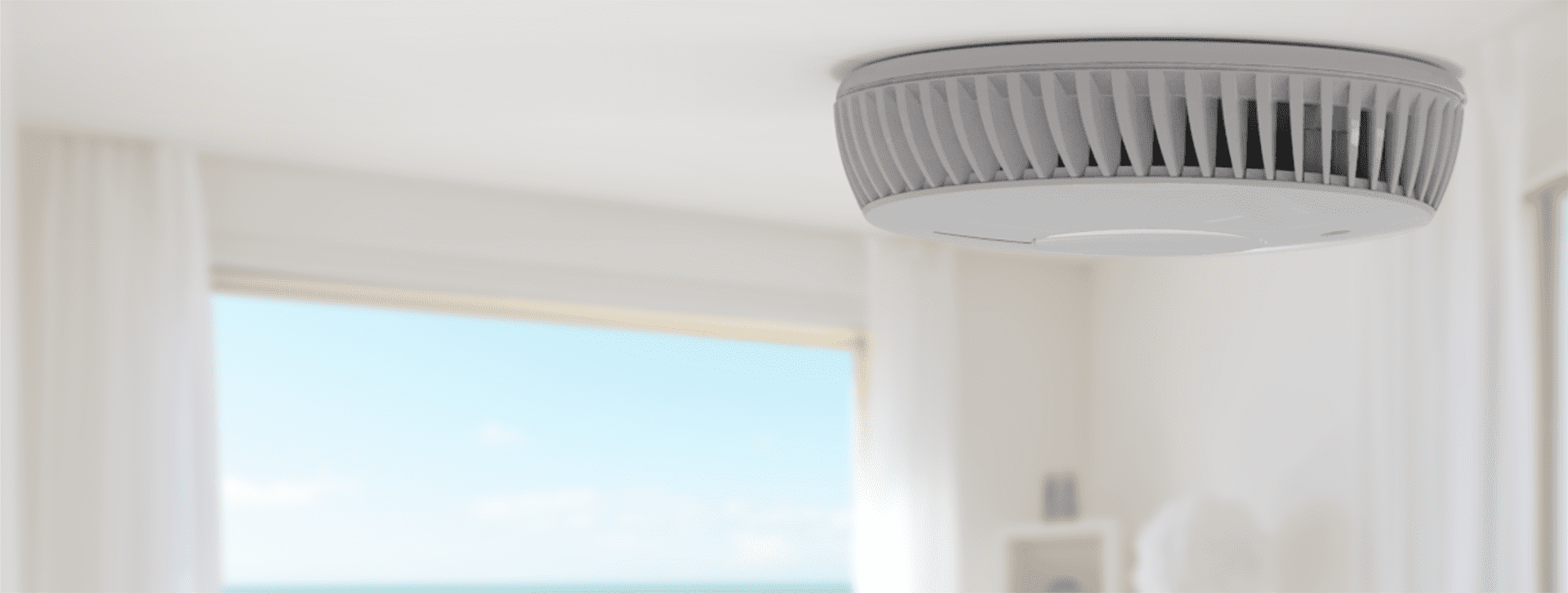Are you a
Homeowner?Are you a
Homeowner?Whether you’re firing up the barbecue, hosting garden parties, or just relaxing outdoors, it’s easy to overlook the fire and carbon monoxide (CO) risks that can come with the season. From stray sparks at a firepit to overloaded outdoor extension leads powering garden lights, small oversights can quickly become serious hazards. And while summer feels like the season for relaxing, this is exactly when staying vigilant with your fire alarms, heat detectors, and carbon monoxide detectors matters most.
This guide combines seasonal safety tips with expert advice on selecting, installing, and maintaining your home’s detectors, so you can enjoy the summer and stay protected all year round.
Carbon monoxide: the silent killer
Carbon monoxide is a colourless, odourless gas produced by incomplete combustion of fuels such as gas, wood, coal, and oil. Without a working carbon monoxide detector, you may not realise there’s a leak until it’s too late. Symptoms often mimic the flu or a summer cold with headaches, dizziness, and nausea but can escalate to unconsciousness or even death.
In the UK, carbon monoxide detector regulations make CO alarms mandatory in many homes, particularly where there are solid fuel appliances, and best practice is to have them in any property with gas appliances.
Fire alarms: your first line of defence
A fire alarm provides early warning, giving you and your family time to escape. Without it, a fire can spread unnoticed, especially at night when occupants are asleep.
Heat detectors: kitchen safety heroes
A heat detector for kitchen areas activates when it senses a rapid temperature rise, reducing false alarms from cooking fumes or steam. They are essential for rooms where smoke detectors may be unsuitable.

Carbon monoxide detector vs alarm
CO monitor: Displays carbon monoxide levels but may not have an audible alarm.
CO alarm: Alerts occupants with a loud siren when dangerous levels are detected the best option for households.
Smoke detectors: mains vs battery
Mains smoke alarm: Connected to your home’s electrical supply with battery backup for power cuts. Ideal for long-term reliability and BS 5839-6 compliance. See our mains-powered smoke alarm installation guide.
Battery smoke alarm: Easier to install, often with sealed 10-year lithium batteries. Perfect for retrofits or as temporary protection.

CO detector positioning
For step-by-step advice, see our installation guidance for CO detectors.
Smoke & heat alarm placement
Follow BS 5839-6 guidelines:
Interlinking devices
Barbecues
Firepits & outdoor fires
Outdoor electrics
Test all alarms monthly using the test button.
For full instructions, see our testing and maintenance tips.
Lightly vacuum or wipe alarms every 6 months.
Keep free from cobwebs and grease build-up.
If you can't find what your looking for on our blogs and looking for further guidance and advice, our UK-based Customer Support team are on hand all week from 8:30am until 5:30pm, they can answer any further queries you may have on our products, solutions or services.